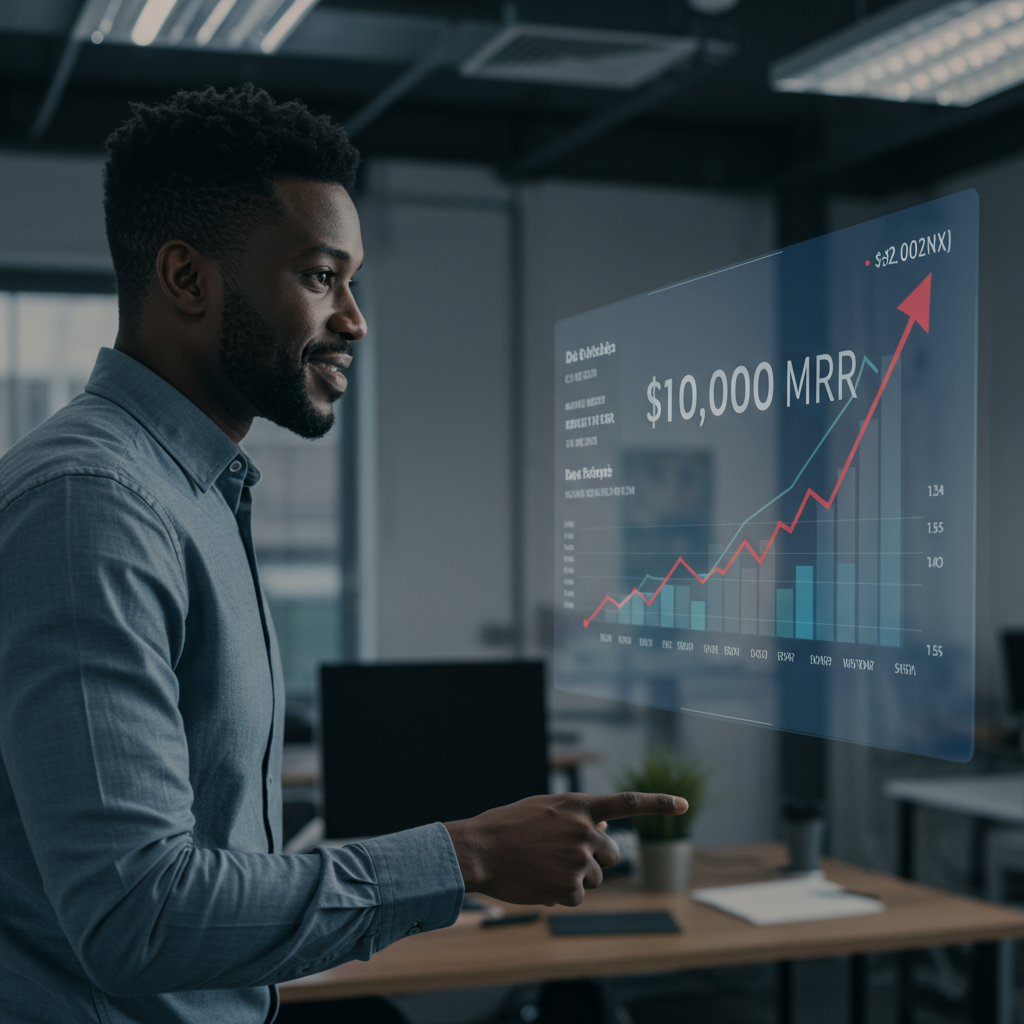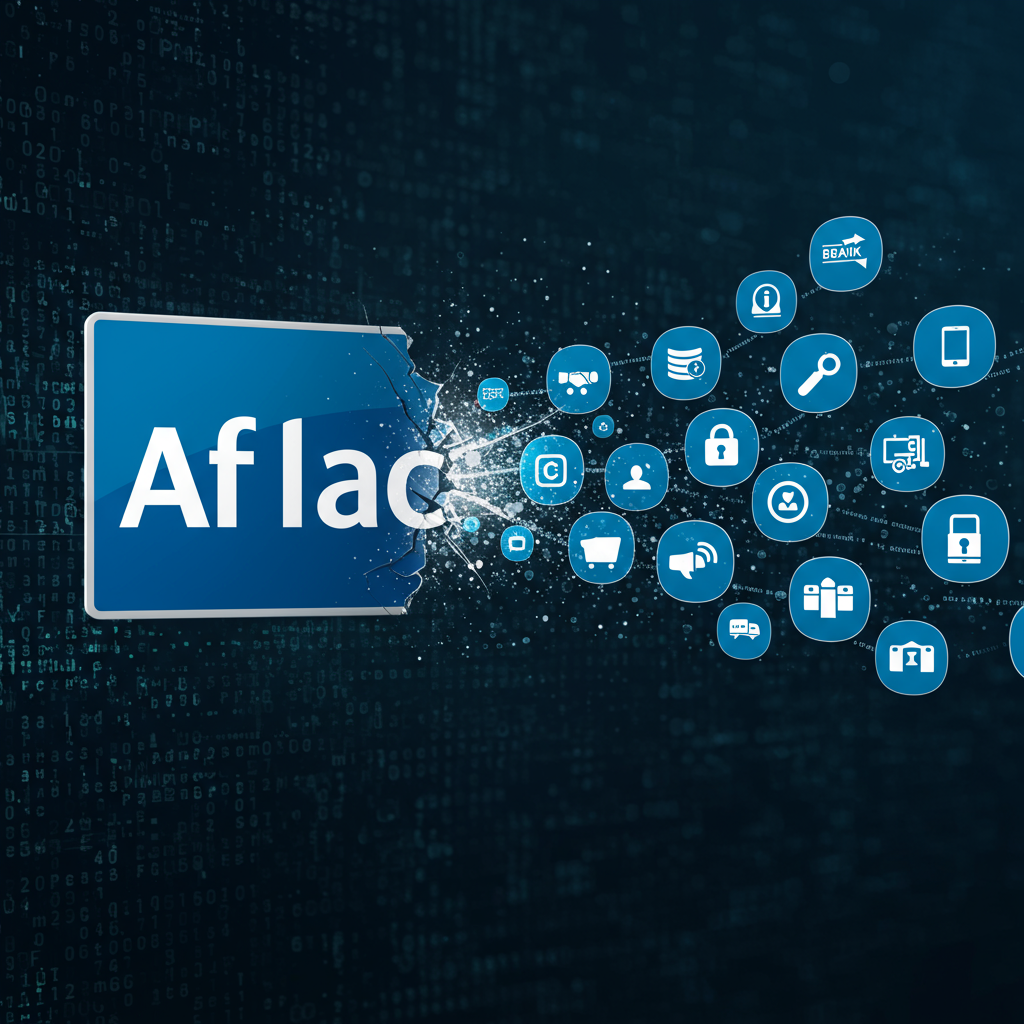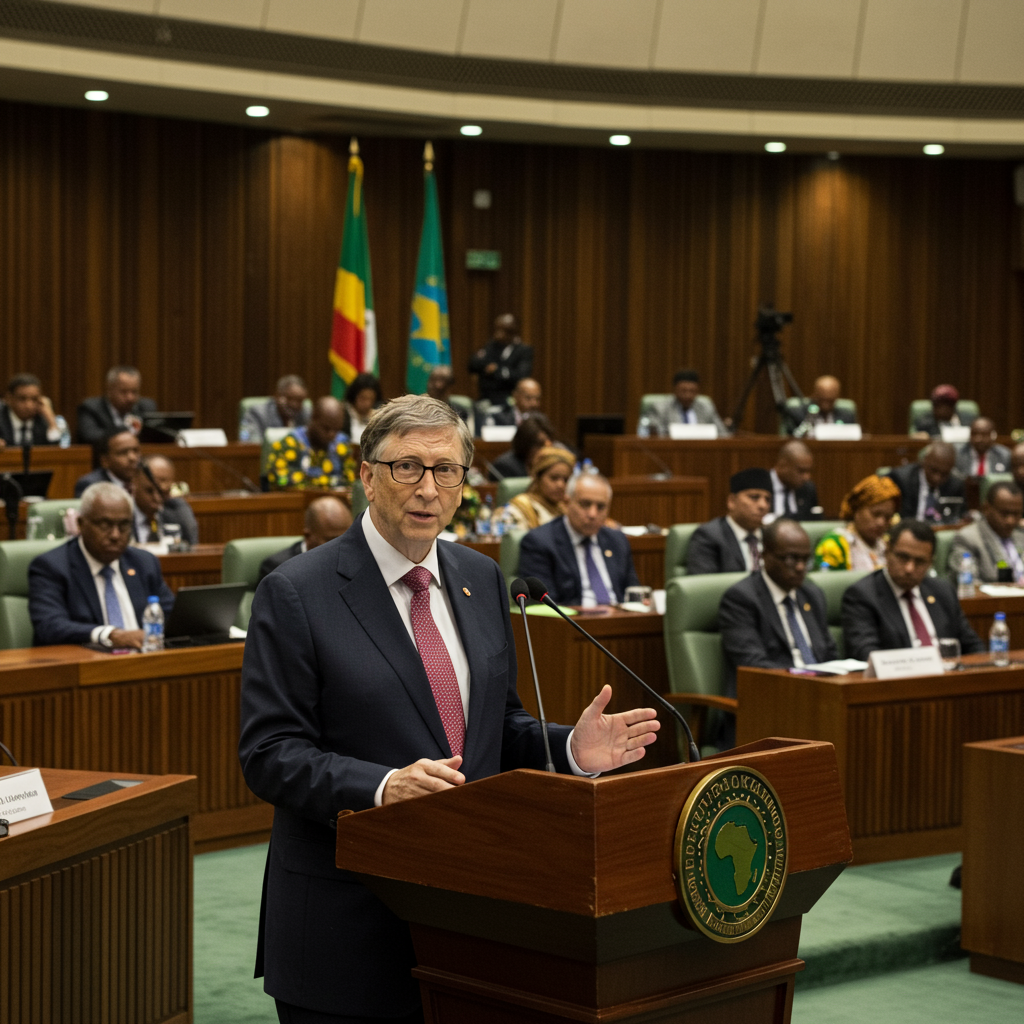Achieving $10,000 in Monthly Recurring Revenue (MRR) marks a pivotal moment for any new business, whether you’re a lean SaaS startup or a solo entrepreneur building your empire. This isn’t just a number; it’s a tangible signal of early market validation, indicating you’ve found a way to consistently deliver value that customers are willing to pay for each month. For many, $10k MRR represents the threshold of financial viability, a stepping stone towards sustained growth and potentially, true financial freedom. This comprehensive guide explores what this milestone truly signifies, outlines clear paths to reach it, and reveals the crucial next steps for scalable success.
Understanding the $10k MRR Milestone: A Fragile Foundation
While reaching $10k MRR is a commendable achievement, it’s vital to understand its real implications, particularly for early-stage SaaS companies. According to SaaS expert Jason Lemkin of SaaStr, $10k MRR is often still a very fragile stage for a startup. It means you’ve acquired some initial customers, perhaps validated an idea, but you are not yet out of the woods. Financial scarcity remains a significant concern at this level. The business simply isn’t robust enough to comfortably cover substantial operational costs or even founders’ salaries.
For a SaaS business, $10k MRR marks the beginning of the crucial product-market fit test. Lemkin asserts that true Product-Market Fit (PMF) is indicated by consistent monthly revenue growth exceeding 10% once a company reaches between $10,000 and $50,000 MRR. If a SaaS company hits $20,000 MRR but struggles to add even $2,000 in the following month, it often signals a lack of genuine PMF. This isn’t about simply closing deals; it’s about the product’s inherent ability to resonate widely and organically generate demand. Any growth below 10% month-over-month in these early stages should prompt founders to re-evaluate their value proposition, target audience, and market entry strategy.
The Solopreneur’s Accelerated Path to $10k MRR
For the ambitious solopreneur, reaching a consistent $10k MRR has become more attainable than ever, driven by advancements in AI, no-code tools, and global connectivity. The focus here shifts from “get rich quick” schemes to building sustainable, value-driven one-person businesses. The “Solo Sprint” framework highlights several profitable models:
High-Impact Business Models for One-Person Growth
- AI-Augmented Specialist/Consultant: Leverage your deep expertise in a niche (e.g., marketing, finance, software) and integrate AI to supercharge your service delivery. Instead of selling hours, sell solutions. Think of a marketing consultant using AI for content generation or a financial analyst offering fractional CFO services with AI-driven forecasting. The goal is 3-5 high-value retainer clients.
- Niche Hyper-Specialized SaaS (No-Code/Low-Code): Build a small, subscription-based software tool that solves a very specific, painful problem for a defined niche. Platforms like Bubble or Softr make this accessible without extensive coding knowledge. Imagine a scheduling tool tailored for independent physiotherapists or a content repurposing dashboard for podcasters. Aim for 50-200 paying subscribers.
- Premium Micro-Info Product Ecosystem (with Community): Create transformative digital products (courses, workshops, templates) for a passionate niche, crucially integrating a paid community. AI can personalize content or feedback, enhancing application and accountability. Consider cohort-based courses with live implementation and custom AI feedback, or specialized template suites with monthly Q&A. This combines product launches with recurring community memberships.
- “Done-For-You” Micro-Agency (Automation Focused): Offer a highly specific, repeatable service, systematizing and automating nearly every step from the outset using AI and workflow tools. For instance, a B2B Podcast Launch & Management service using AI for outreach and editing, or automated LinkedIn lead generation. Target 3-5 retainer clients, with automation enabling efficient client handling.
- High-Touch, High-Value Niche Coach/Mentor: Provide personalized guidance and accountability based on proven expertise, where your results are highly valuable. Position yourself as an outcome-driven guide. AI can support background research, freeing you for deeper client interactions. Examples include a 3-month “6-Figure Solopreneur Intensive” or an “AI Integration Strategy for Law Firms.” Work with 1-3 high-paying clients per month.
- Triple Down on Customer Happiness: Your existing customers are your most powerful growth engine. Satisfied users generate word-of-mouth referrals and provide invaluable feedback for product improvement. Measure Net Promoter Score (NPS) and Customer Satisfaction (CSAT) diligently. Engage directly and frequently with customers, striving to make them happy “almost whatever it takes.” This compounding effect of happy customers is the most reliable path to sustained growth.
- Commit to Doing the Time: Scaling from $25k MRR to $250k MRR takes sustained effort and time. There’s no magic bullet. Founders must realistically assess the journey ahead, prepare for necessary sacrifices, and manage capital effectively over an extended period. Patience and resilience are paramount.
- Don’t Chase the Shiny Penny: Once you identify what’s working (e.g., consistent 10% MoM growth), double down on it. Resist the temptation to divert resources into new, unproven product lines or market segments. Focus your efforts intensely on what is already proving successful. This disciplined concentration on validated strategies will more reliably propel your company to the next level of growth than diversifying too early.
- Drive Upmarket Aggressively: If larger customers show interest, pursue them. This can be the quickest way to increase revenue, even by doubling pricing for higher-end offerings.
- www.saastr.com
- vocal.media
- www.saastr.com
- www.alleywatch.com
- www.saastr.com
Essential Solo Success Ingredients
Regardless of the model, consistent success hinges on critical factors:
Niche Down Ruthlessly: Attract ideal, high-paying clients by focusing on a very specific problem for a very specific audience.
Value Over Hours: Package your expertise and outcomes, not just your time.
Systemize & Automate Early: Document processes and leverage tools like Zapier, Make, and AI assistants to minimize manual effort.
Master Marketing & Sales: Effectively communicate your unique value proposition.
Focus on MRR: Prioritize building predictable, recurring revenue streams.
Leverage AI Strategically: Use AI as a force multiplier for tasks, freeing you for high-level strategy and client relations.
Realistically, a solopreneur might reach $10k MRR in 6-9 months of hyper-focused effort, or 12-18 months with consistent dedication.
From $10k MRR to Sustainable Scale: The SaaS Journey
Consider Mirow, a New York City-based startup revolutionizing retail fitting rooms with interactive smart mirrors. Mirow achieved $10,000 MRR by offering its hardware and software solution on a subscription basis ($199 per mirror per month), avoiding the hefty upfront fees of competitors. Their confirmed sales uplift for retailers (2-8%) and focus on data analytics provided clear value, helping them secure partnerships with major brands like Adidas and Ikea. Mirow’s journey exemplifies how a strong, recurring value proposition can lead to that initial $10k MRR milestone.
However, moving beyond that initial milestone for a SaaS company requires even greater strategic discipline. Jason Lemkin, in another SaaStr insight, emphasizes that at around $25,000 MRR, companies have a “real” product, but the path to $250,000 MRR (or $3 million ARR) is built on fundamental principles beyond just securing funding.
Core Growth Levers Beyond Initial MRR
The journey from $10k MRR to higher revenue tiers demands intense focus. While $50k MRR is considered the point where “running out of money is no longer an excuse” (assuming healthy growth), the commitment to succeed must be absolute well before that. For founders, financial stewardship and perseverance are non-negotiable once product-market fit and initial revenue have been achieved.
Actionable Strategies for Sustained Growth
Whether you are a solopreneur or leading a small SaaS team, scaling past $10k MRR requires a combination of strategic clarity and relentless execution:
Ruthless Prioritization: At this stage, resources are limited. Focus on the core value proposition that resonates most with your initial customers. Avoid feature creep or trying to serve too many customer segments.
Deep Customer Engagement: Continuously engage with your customers. Conduct direct meetings, personalize onboarding, host weekly webinars, and perform Quarterly Business Reviews (QBRs). This direct interaction helps uncover new growth strategies and strengthens loyalty.
Embrace Patience and Resilience: The path to significant MRR milestones is a marathon, not a sprint. Founders need a “zen” mindset, understanding that a real business won’t fail unless they quit.
Strategic Single-Position Upgrades (for Teams): Instead of trying to fix everything, make one high-impact hire, like an exceptional sales representative or engineer. This quality addition can significantly boost key metrics.
Frequently Asked Questions
What does reaching $10k MRR truly mean for a startup or solopreneur?
Reaching $10k MRR signifies initial market validation and the potential for a self-sustaining business. For SaaS startups, it marks the beginning of the crucial product-market fit test, where consistent monthly growth of over 10% is expected to confirm PMF. For solopreneurs, it often represents a significant step towards financial freedom and predictable income, indicating a proven ability to deliver consistent value.
What types of business models are most effective for achieving $10k MRR as a solopreneur?
Highly effective one-person business models for reaching $10k MRR include: AI-augmented specialist consulting, niche hyper-specialized SaaS built with no-code tools, premium micro-info product ecosystems with integrated communities, “done-for-you” micro-agencies focused on automation, and high-touch, high-value niche coaching/mentoring. These models emphasize niching down, packaging value over hours, and leveraging AI for efficiency.
How can a SaaS startup validate product-market fit after reaching $10k MRR?
A SaaS startup can validate product-market fit by consistently achieving over 10% monthly recurring revenue (MRR) growth in the $10,000 to $50,000 MRR range. This double-digit growth signals that the product effectively addresses a market need and is able to consistently acquire similar customers. Additionally, maintaining high customer satisfaction and low churn are crucial indicators of PMF.
The Horizon Beyond $10k MRR
The $10k MRR milestone is a crucial point of validation and a launchpad for future growth. It demands a clear understanding of your business model, whether it’s a lean SaaS operation or a thriving one-person venture. The lessons from experts like Jason Lemkin and the actionable strategies from successful solopreneurs underscore a universal truth: sustained growth beyond this initial figure requires unwavering commitment to customer happiness, disciplined focus on what works, and the resilience to weather the challenges ahead. With the right strategy and execution, $10k MRR is not just a destination, but the exciting starting line for something much bigger.




